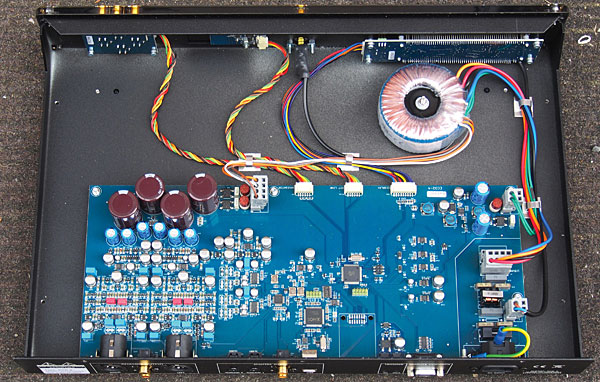| Columns Retired Columns & Blogs |
Several listeners have reported that different firmware versions have an influence on the sound of the M51. General consensus seems to be that v1.39 is the best sounding with v1.41 having less bass and is not quite as dynamic. It would be interesting to know what version firmware the latest sample runs. As a long term user of a NAD M51 I find your further thoughts on this remarkable device very interesting.









































